Description
Epichlorohydrin: A Versatile Chemical Building Block with Important Applications
Epichlorohydrin (ECH), a chlorinated epoxide, is a fascinating and important organic compound with a wide range of applications. This colorless liquid, with a characteristic chloroform-like odor, is primarily used as a building block in the production of epoxy resins, but its reactivity also makes it valuable in manufacturing other chemical products.
Production and Properties:
Epichlorohydrin is typically synthesized from allyl chloride through a process involving chlorination and epoxidation. The resulting compound is a highly reactive trifunctional molecule. The epoxide ring and the chloromethyl group both offer points of reactivity, allowing ECH to participate in a variety of chemical transformations.
Key properties of epichlorohydrin include:
- High Reactivity: This is its most defining characteristic, stemming from the epoxide ring and chloromethyl group.
- Solubility: Soluble in most organic solvents, but only slightly soluble in water.
- Applications: Used as a precursor or intermediate in the manufacture of glycerol, plastics, epoxy resins, elastomers and water treatment.
Applications of Epichlorohydrin:
The versatility of epichlorohydrin is reflected in its diverse applications:
- Epoxy Resins: The primary use of ECH is in the production of epoxy resins. These resins are thermosetting polymers known for their excellent adhesion, chemical resistance, and mechanical strength. They are widely used in coatings, adhesives, composites, and electronic components.
- Synthetic Glycerol Production: Historically, ECH was a significant route to synthetic glycerol. While this pathway is less common now due to the availability of glycerol from biodiesel production, ECH remains a viable alternative.
- Water Treatment: Epichlorohydrin is used to produce polymers for water treatment applications. These polymers help to clarify water by removing suspended solids and other contaminants.
- Paper Industry: ECH-based resins are used in the paper industry to improve wet strength and water resistance of paper products.
- Other Applications: ECH also finds use in the production of pharmaceuticals, pesticides, surfactants, and various other speciality chemicals.
Safety Considerations:
While essential in various industries, epichlorohydrin is classified as a hazardous material. Precautions must be implemented to minimize exposure and handle it safely. Important safety considerations include:
- Toxicity: ECH is a known carcinogen and can cause skin and respiratory irritation.
- Flammability: It is a flammable liquid and should be stored away from sources of ignition.
- Handling and Storage: Proper ventilation, personal protective equipment (PPE), and careful handling procedures are crucial when working with epichlorohydrin. Storage should be in tightly closed containers in a cool, dry, and well-ventilated area.
Environmental Impact:
The production and use of epichlorohydrin raise environmental concerns. Responsible manufacturing practices, including waste management and emission control, are essential.
- Water Contamination: ECH can contaminate water sources if not handled properly.
- Air Pollution: Volatile organic compound (VOC) emissions during production and use can contribute to air pollution.
Conclusion:
Epichlorohydrin is a crucial chemical building block that plays a significant role in various industries. Its high reactivity and versatility make it indispensable in the production of essential materials, including epoxy resins and water treatment polymers. However, due to its hazardous nature, strict safety measures and responsible environmental practices are imperative to ensure its safe and sustainable use. Ongoing research focuses on developing more sustainable production methods and exploring alternative materials to minimize the environmental impact of epichlorohydrin.

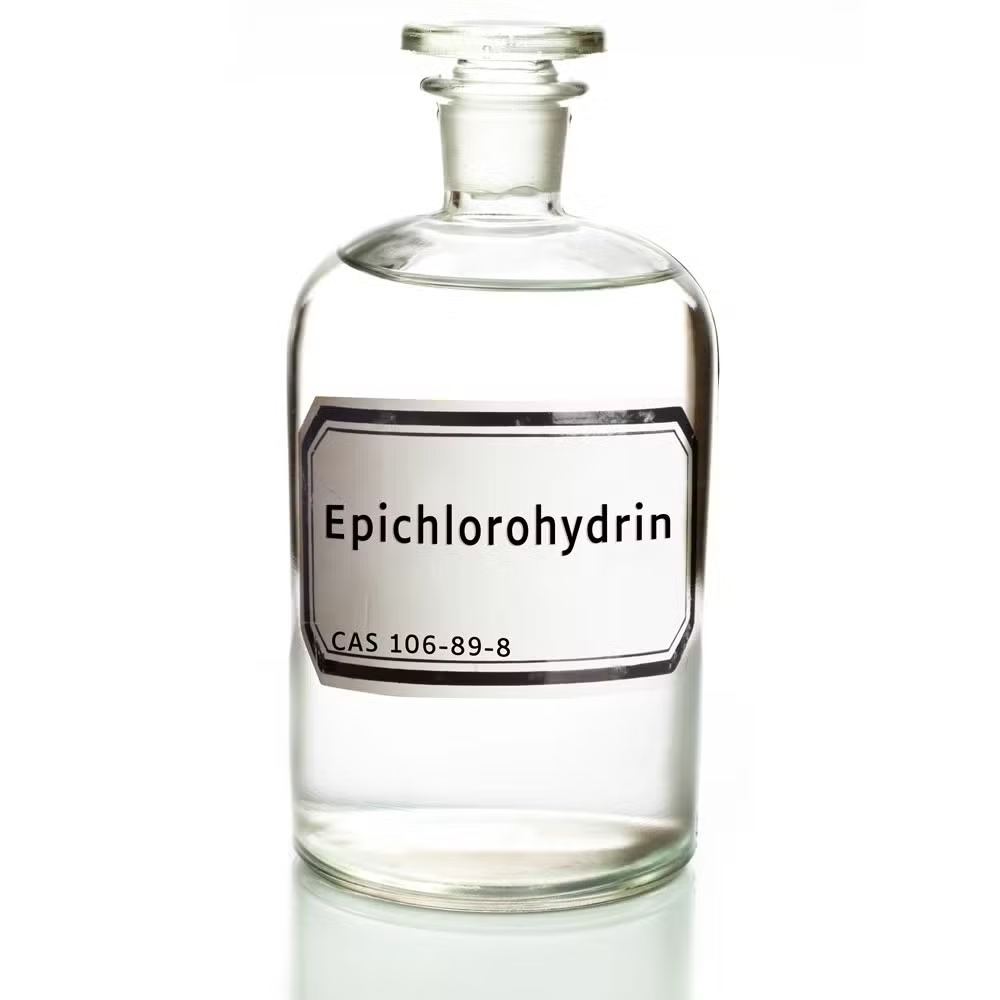
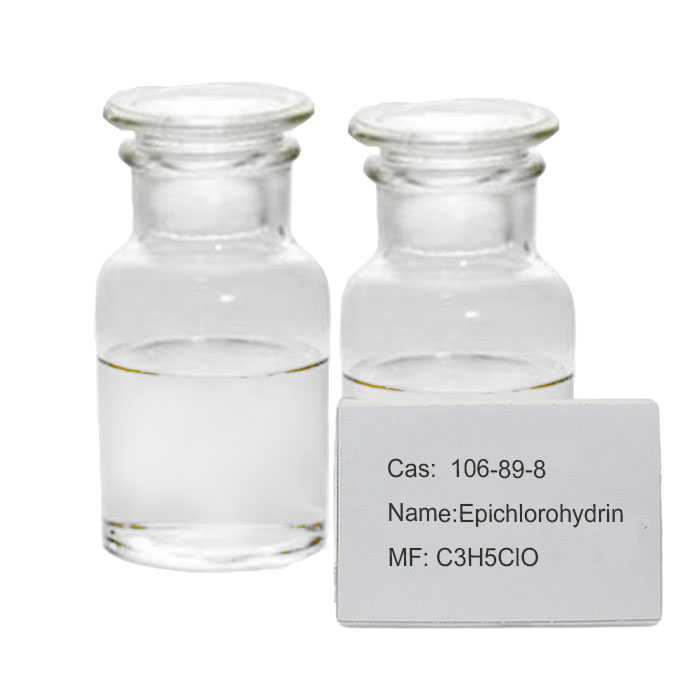

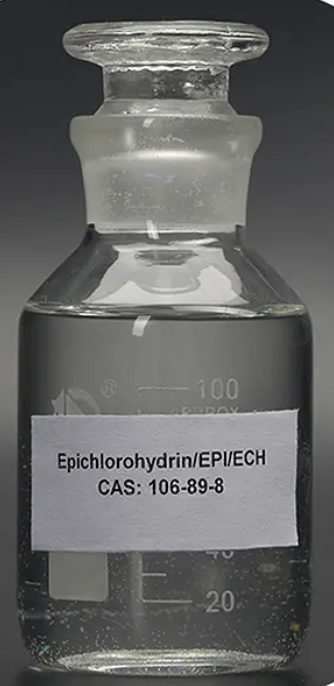
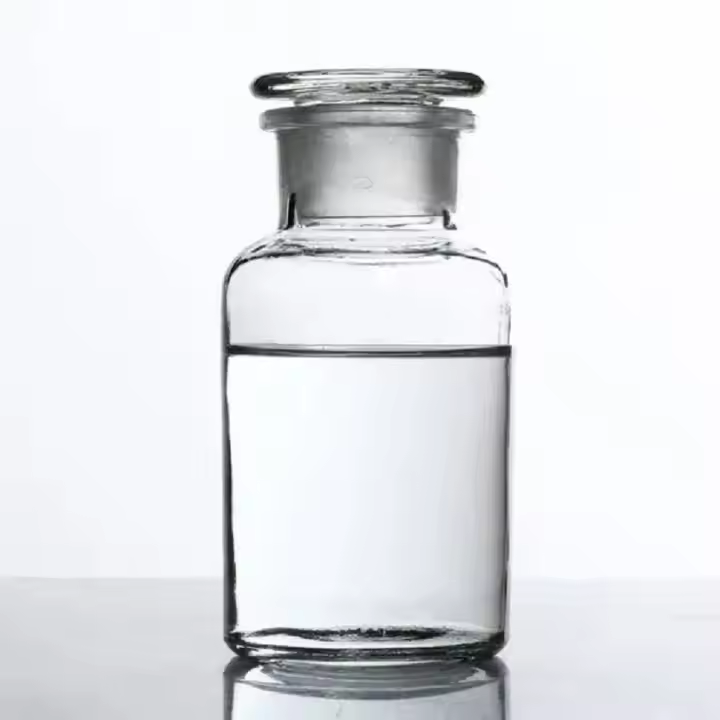
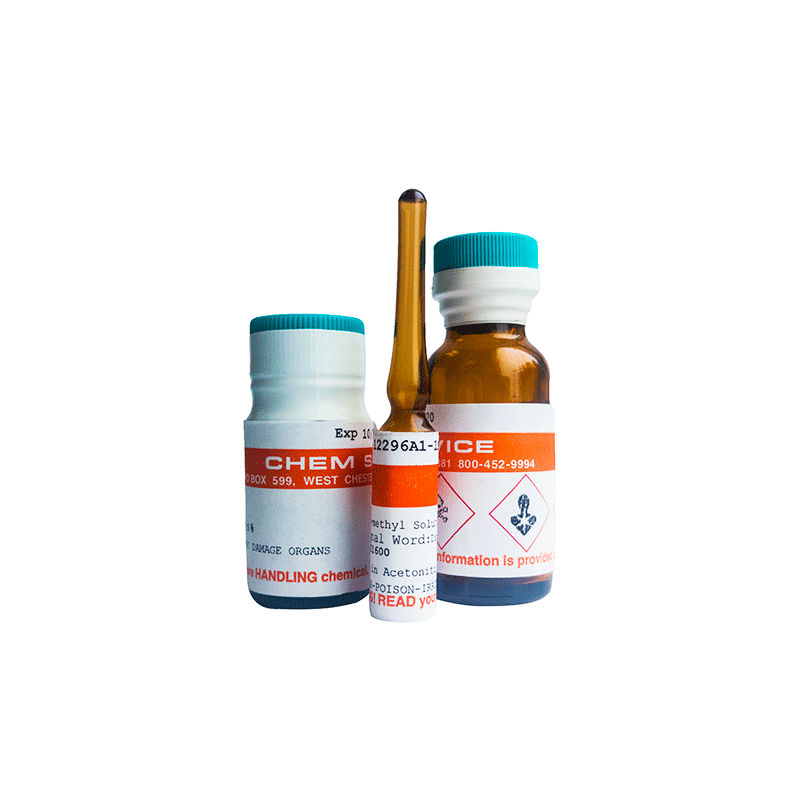
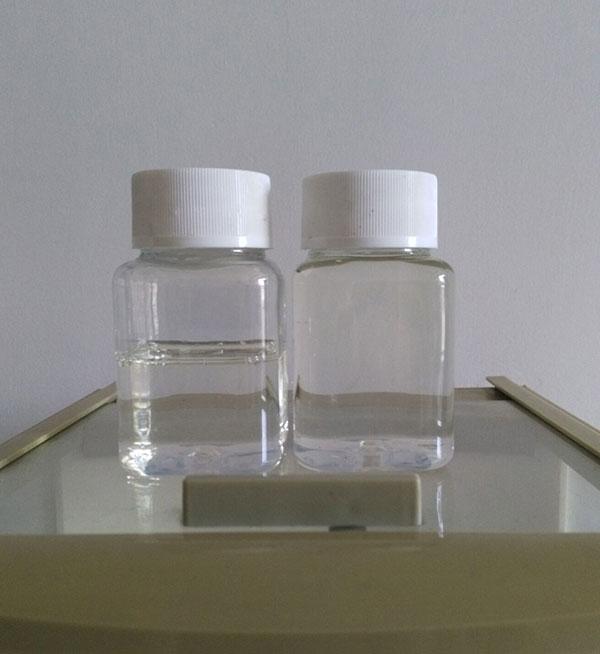
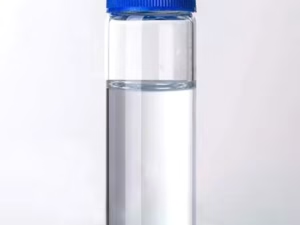
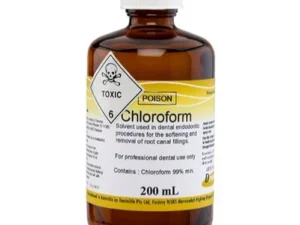


Reviews
There are no reviews yet.